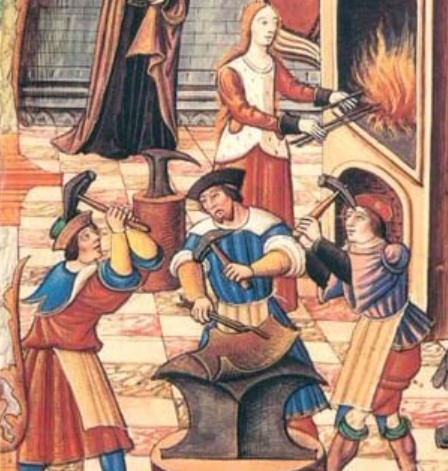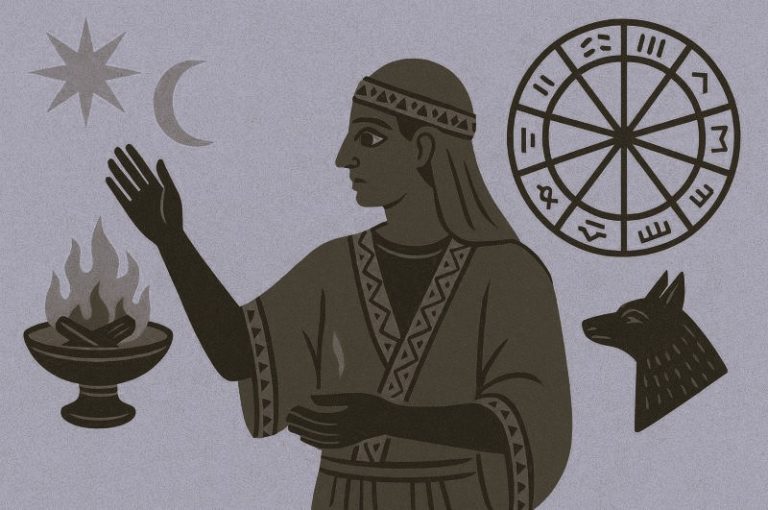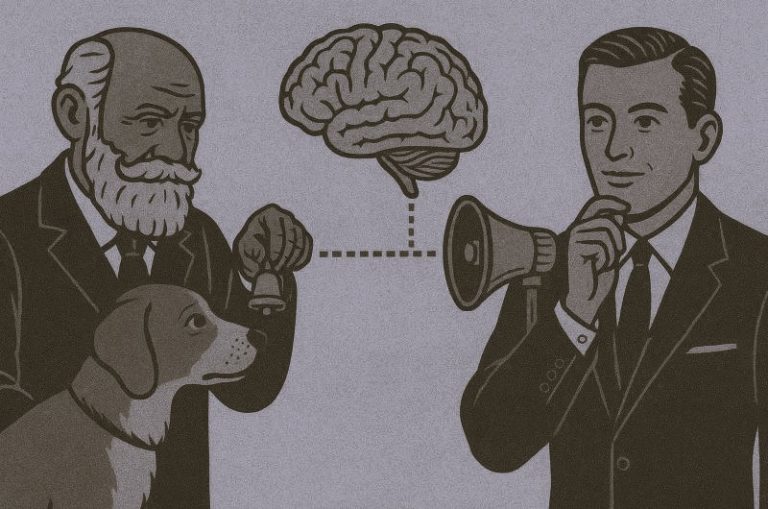

The guild existed to serve a singular purpose: to train Apprentices.

By Kristine Wilson-Slack
Writer
I became fascinated with guilds when I moved to Germany. Being an avid reader of all medieval history I could get my hands on, I was well aware of the Hansa (slang for Hanseatic) League’s rise in the 1100s in northern Europe – mainly Germany. The word Hansa is Low German for “convoy” – thus, this league of towns and merchant houses was a consolidated group of merchants and businessmen who strove to create their own answer to feudal Europe. The members of the League had their own legal system, their own armies, and had direct allegiance to the Holy Roman Emperor. Landed Barons and Earls did not stand a chance.
The rise of these independent towns and merchants also gave rise to the guild system. Where the Hansa League was a merchant’s guild, craft guilds began in a like manner around the same time period. The craft guilds were a system to protect knowledge that heretofore had been handed down by father to son, or nephew, or random laborer. Prior to the rise of larger towns and cities, just after the Dark Ages, it was difficult to form a “convoy” of skilled craftsmen because there was no system or codification of work. As towns grew, and more independent towns grew, the need for a steady flow of crafts began. Thus, craft guilds provided the goods and merchants fed the need: the beginning of real capitalism.

Both types of guilds, Merchants and Craftsmen provided a variety of important functions, very similar:
“They established a monopoly of trade in their locality or within a particular branch of industry or commerce; they set and maintained standards for the quality of goods and the integrity of trading practices in that industry; they worked to maintain stable prices for their goods and commodities; and they sought to control town or city governments in order to further the interests of the guild members and achieve their economic objectives.”
Encyclopedia Britannica
The craft guilds are of interest to Freemasons and those interested in Freemasonry because they have like terms. The use of the terms of Apprentice, Journeyman, and Master is well known, with slight variation, to Freemasons as well as to any member of a guild in the middle ages in Europe. These were the common terms to designate the proficiency of a laborer. Guilds in Medieval Europe employed the apprenticeship system of hierarchy, which has its origins in the Roman Empire and possibly Mesopotamia. From young ages, boys (and in some cases women, depending on the profession) were brought in to learn the craft, ensuring that an adequate number of skilled craftsmen were able to supply the growing towns with goods and services of equal and competitive quality. Standardization and quality were the driving force behind a steady stream of apprentices bonded to masters, and journeymen sent out to learn their craft.

The Apprentice was one who “apprehends” or takes hold of learning. One might also say it is one who is taken hold of, as he is bound to a Master to learn his trade. The term Apprentice does come from the Latin root of “apprehend,” and it does indicate in the most basic terms “someone learning.” An Apprentice was one who learned for a specified amount of time, learning specific skills and techniques of both hand and mind. He was, however, not allowed to be an official member of the guild until he had satisfied the requirements set out by the guild and even more importantly, by his Master.
The word Journeyman has a more interesting etymology. A Journeyman is someone who does work for “another.” That is, he is an Apprentice who has been sent out into the world to work, generally for other Masters or shops. An original meaning of the word “journey” was “a day” and a Journeyman was someone who performed work for a day and then moved on, as it were. The Journeyman was no longer bonded to a single Master and could choose the work they wished to do. The Journeyman’s former Master, however, still guaranteed the Journeyman’s character and abilities. Shame on the Journeyman meant shame to the Master, and to the guild in which the Journeyman had become a member. Perfection in work and bearing meant the same perfection to the associated Master and Guild.

Master is an even more interesting term as used in the same time period (mid-16th Century) as these other two definitions. At this time, the term Master meant “one who controls or has authority.” It also meant “one who subjugates.” This means that a Master has perfected and honed his skills to the point of being competent in all areas of his craft, under all variety of conditions, with a variety of materials. A guild member might go their whole life being a Journeyman; Master’s were few and far between. A Master, then, is partially self-determined and partially a bestowed title.
“A journeyman who could provide proof of his technical competence (the “masterpiece”) might rise in the guild to the status of a master, whereupon he could set up his own workshop and hire and train apprentices. The masters in any particular craft guild tended to be a select inner circle who possessed not only technical competence but also proof of their wealth and social position.”
Encyclopedia Britannica
The interesting thing is that the main function of the guild was not to produce goods or fix techniques ‘per se’ – those were supporting roles to the main function of the guild. The guild existed to serve a singular purpose: to train Apprentices. Bringing in and bonding Apprentices ensured a continuity of quality workmanship, consistent goods being produced, and traditions being maintained. Thus, the role of the Guild was not to form rules, mores, regulations, and laws with respect to their crafts; their role was to introduce a system of art or craft to a new individual, to instill in them the idea of standards, quality, consistency, and perfection. Their goal was to expand their horizons and technical knowledge in a specific area so they might provide for their towns as well as their families. Guilds and guild members served the community as much as they served themselves.
Originally published by The Masonic Philosophical Society, 01.10.2018, republished with permission for educational, non-commercial purposes.


